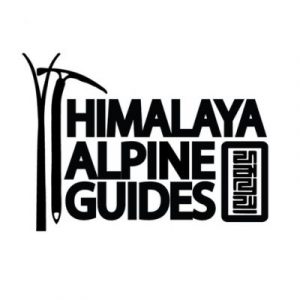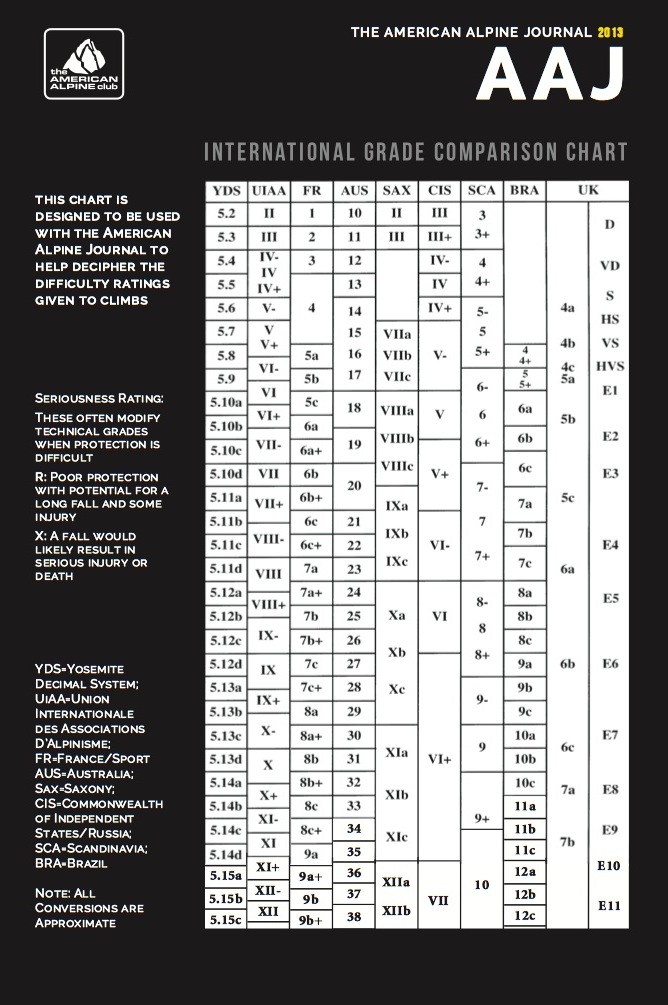I recently returned home from a ski mountaineering expedition to 6,000 m peaks in the Ladakh region of northern India with Luke and Himalaya Alpine Guides. I pretty much had a smile stuck on my face for the entire two weeks. Just thinking about it brings me back to that happy place, cruising up the Markha Valley in awe of the grandeur, slowly climbing higher through the culturally and historically rich local settlements, and finally reaching the snow. Our beautiful horses carried our camp, our local crew, who Luke has worked with for over a decade, took care of every comforting detail, Luke kept us laughing, learning, exploring, climbing, safely moving through the vast wildness of the Himalaya. Phuntsok fed us amazingly delicious and nutritious curries, dahls, warm bread, chai, espresso, and somehow we had fresh fruit and vegetables the whole trip. Luke has a mellow and respectful attitude, with a high value on keeping the fun factor high in every stage of the trip, including planning and training. He’s got a pristine safety record and works diligently to keep it that way. We all know that Luke has the technical skills, strength, and managerial experience to be an exceptional guide. He also has a genuine appreciation for people, from both near and far, and a deep dedication to protecting the places he loves, through environmental activism (recently moving HAG towards carbon neutrality) and education. I sit in gratitude for the experiences I just had, and eagerly await when my turn to return to the Himalaya rolls around again.



Subscribe to Himalaya Alpine Guides